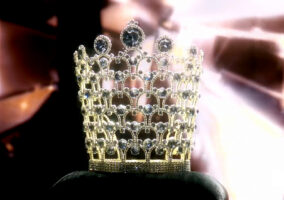
Over thirty years after the debut of the comic series that launched the character, the filmed adaptation of Neil Gaiman’s award-winning, best-selling graphic novels for DC Comics’ Vertigo imprint, The Sandman, is finally a reality. For those of us who hold the original series and its characters near and dear to our hearts (Tom being one of them, for decades now), a moment like this can be fraught with tension and more emotional than you might expect. The story of Morpheus, the King of Dreams, is wordy, mythic, impressionistic, and extremely literal all at the same time. It’s full of story arcs that tend to reach thought-provoking, if not particularly cathartic or stimulating anti-climaxes, and the central character is moody, maddening and at times, so far from human in his inflexible outlook and occasionally rigid morality that he can be frustrating to watch. It is a story obsessed with death and depicts it in what seem like a thousand ways. It has its roots in classic horror fiction and comics (when it’s not lifting directly from Shakespeare), which lend most of its tales a darkly disturbing vibe and it never shies away from depicting the darkest of humanity. It is a story about stories featuring a character whose interiority is so pervasive that to accurately film it would be to depict hours of him alone, silently lost in his thoughts. It has a cast of well over a hundred characters, telling a story that spans over 10,000 years. The very fact of the long stretch of time from the books’ initial best-seller status and this series could be seen as a testament to how difficult a task it might be to interpret the story for an adaptation. And when the trailer for the series first dropped, we noted that there’s a flattening effect when a fantasy story is adapted to film using modern digital technology. What was once imagined and interpreted by a reader now has sharply defined edges and borders. It is inevitable that something is going to get lost. That’s as true here as it is of adaptations of Tolkien, L. Frank Baum, Stan Lee, Mary Shelley or Stephen King. So yes. Those of us who’ve been waiting for this are a weensy bit nervous about it.
If you’re waiting to hear someone say it, then we will: It’s good. Executive producers Neil Gaiman, David S. Goyer and Allan Heinberg put a team together and that team did a really good job of adapting Gaiman’s The Sandman accurately to a filmed format. Not a perfect job, mind you. The latter half of the season definitely falters and exhibits some questionable creative decisions. We’ll be recapping and reviewing the entire season and we’ll get into the minor disappointments and choices that didn’t work for us, but overall, if you need a letter grade or something, we’d give this adaptation a solid B+. It needs to iron out a few things going forward, but if you know anything about the series, that was very true of the two tales covered in its first season. Even its author has been very clear about that over the years. What happens in the two arcs that comprise this season serve the same table-setting function as they did in the books. They are relatively small and simple tales that introduce almost all of the themes and most of the storylines of the series. It’s to the credit of the show’s creators that they didn’t try to blow past these two storylines in order to get to the meatier stuff to come. This more than anything else gives us a lot of hope about where the series will go in future seasons. They’ve been fairly impeccable with the setup.
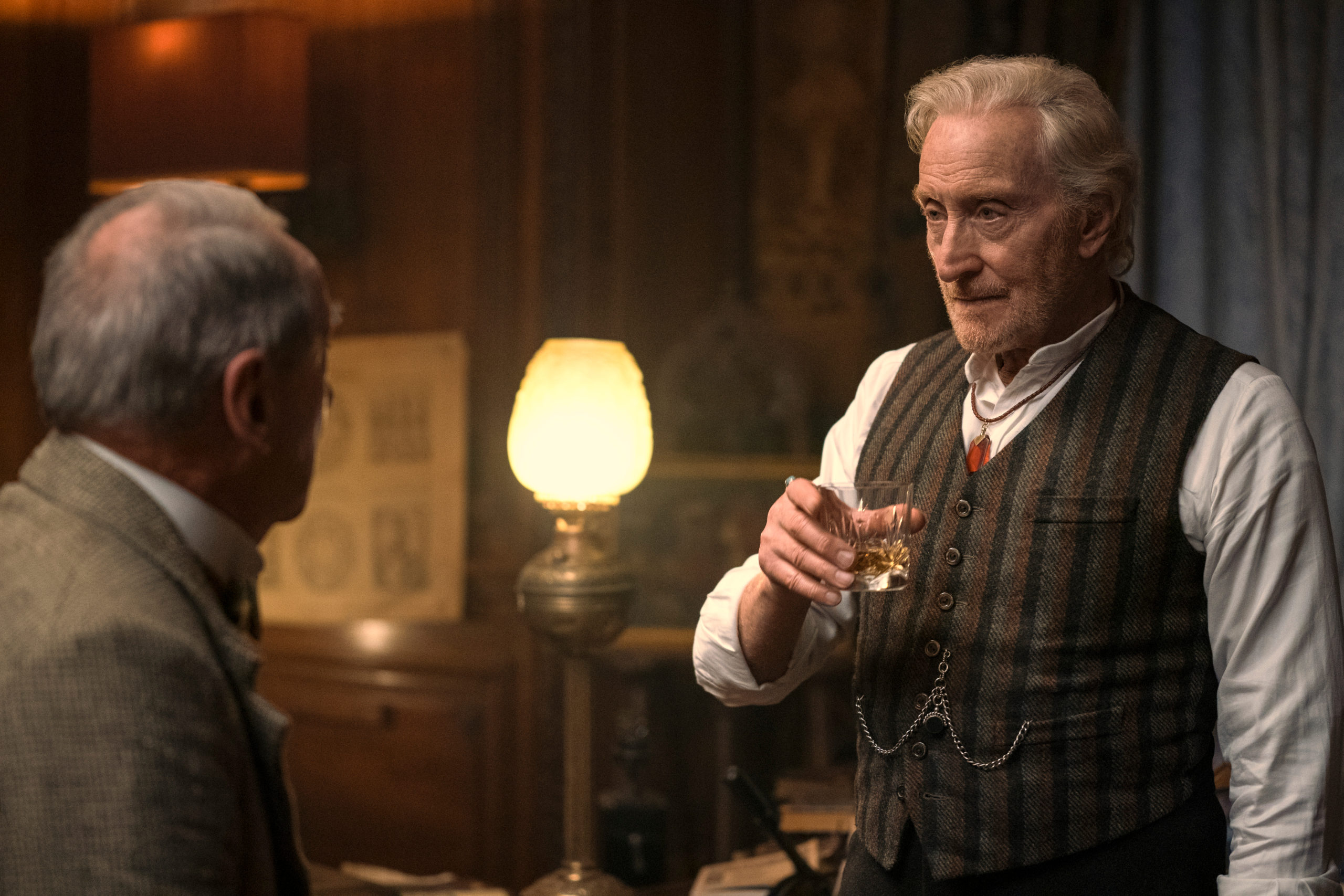
Now. We are very much of the opinion that films and television shows adapted from books or other writing cannot be assessed or critiqued based on how closely the filmed material mimics the written material. It’s one of, if not the, main reasons we only dabbled in reviewing other adapted shows like Outlander or Game of Thrones; because inevitably, nothing we wrote ever mattered and the ensuing discussion became entirely about what the show got “wrong.” Different media require different approaches and foci. “Sticking” to the book has always been about as important a criteria to us as whether period costumes are meticulously accurate; nitpicky sideshows that don’t get to the point of why creative decisions are made.
HOWEVER.
Nail Gaiman’s work – especially The Sandman – is all about taking the metaphorical, mythical and symbolic and making it physical, literal and all too human. To our way of thinking, it’s a big reason why certain adaptations like American Gods and Good Omens often lapsed into goofy territory. Sorry to those fans. He is amazing at stoking the imagination through words and art, but because he works with archetypal and sometimes over-portrayed characters like angels, devils, gods and myths, actually writing and filming them in a manner that works for modern viewing audiences can be challenging. Because one of us is near-expert on the written material and the other one had absolutely no idea what this was all about before watching it, we want to explore what changed and why, and whether those decisions were justified, from opposite perspectives. Anyway, let’s get to it.
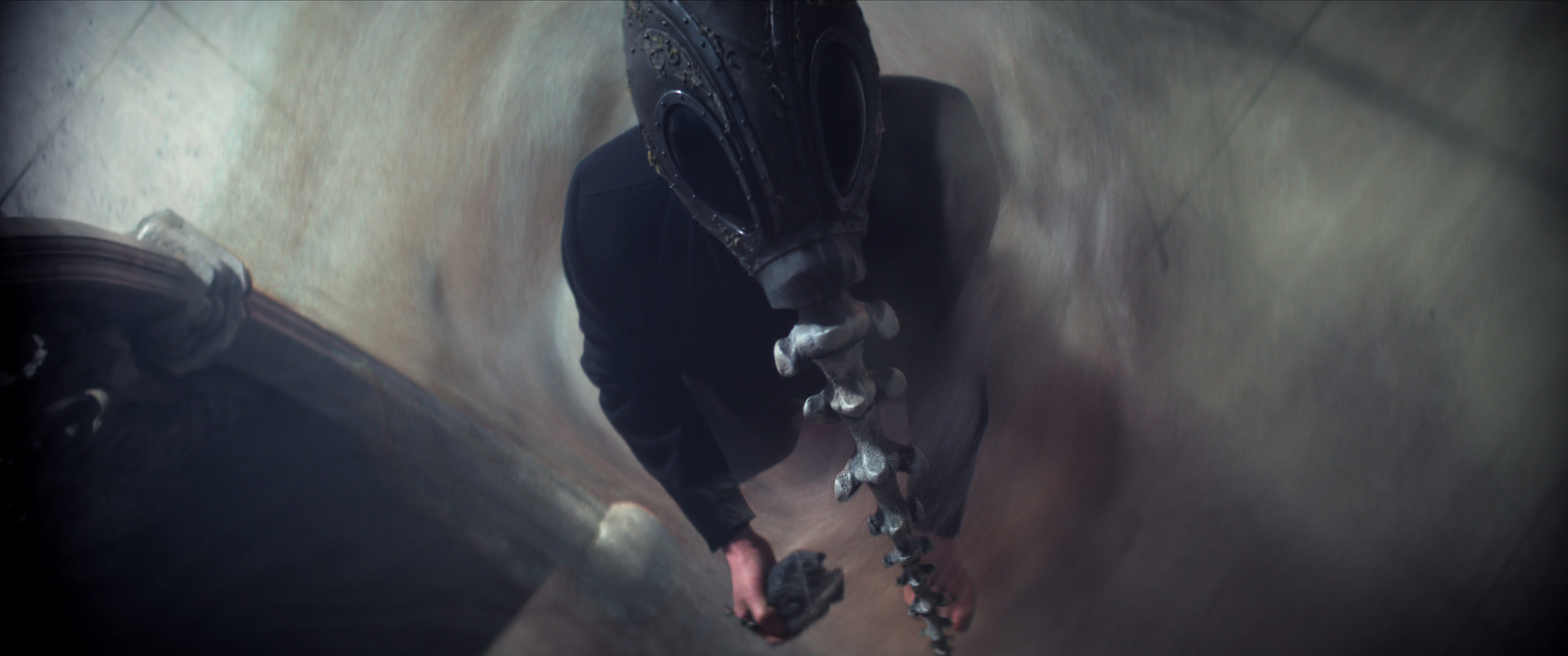
We open with Morpheus’s voice narrating and explaining the entire premise of the series. “I am the King of Dreams and Nightmares. When the waking world leaves you wanting and weary, sleep brings you here, to find freedom and adventure; to face your fears and fantasies in dreams and nightmares that I create and that I must control, lest they consume or destroy you.” In the space of a few minutes, the entire concept of Dream and the Dreaming is explained to the audience, stripping it of some of its mystery. This is not a criticism. This is the first of what will be many conceits and narrative elements that make more sense in episodic television; some of which work and some of which don’t. Dream, The Endless and The Dreaming are fairly simple and basic concepts, but they still need to be explained to the viewer once before the story can get started. Throughout this episode, several characters will quite clear and distinctly stop to explain what’s going on, and while it might seem easy to roll your eyes at such a practice, it’s a necessary and economical way of getting the story started and minimizing viewer confusion. As for that flattening effect we feared, the shot of Jessamy the Raven flying from the waking world to the dream world is beautifully done, as are the depictions of the gates of the Dreaming and Morpheus’s castle. The sketchy, impressionistic, ’80s-trendy artwork of original series artists Mike Dringenberg and Sam Kieth, which defined the entire world of the series, can’t really be replicated by the kind of standard digital effects a Netflix series is likely to have, but this sequence was quite encouraging.
In 1916 at the Fawny Rig estate in Wych Cross, England, Dr. John Hathaway of the Royal Museum pays a visit to “The Magus,” a mystic and low-level magic-practicing cult leader in the Aleister Crowley mode named Roderick Burgess. We also meet Burgess’s young son Alex and soon learn that his much-favored older son has died in the War. Hathaway has also lost a son in the war and, believing Burgess’s wild plans of capturing and conquering Death, supplies him with the Magdalene Grimoire, an ancient book of spells which he has stolen from the museum. That night, Hathaway watches Burgess and his blue-robed order perform the spell. It is impossible for Charles Dance to be bad in anything, and he’s certainly a very good choice to play the imperious and power-hungry Burgess, but there were times when we thought he was struggling to connect with the material. It took us a minute to realize that he wasn’t playing a smoothly brilliant Tywin Lannister type. He was playing a small man of limited imagination who was in over his head – and he was playing him perfectly.
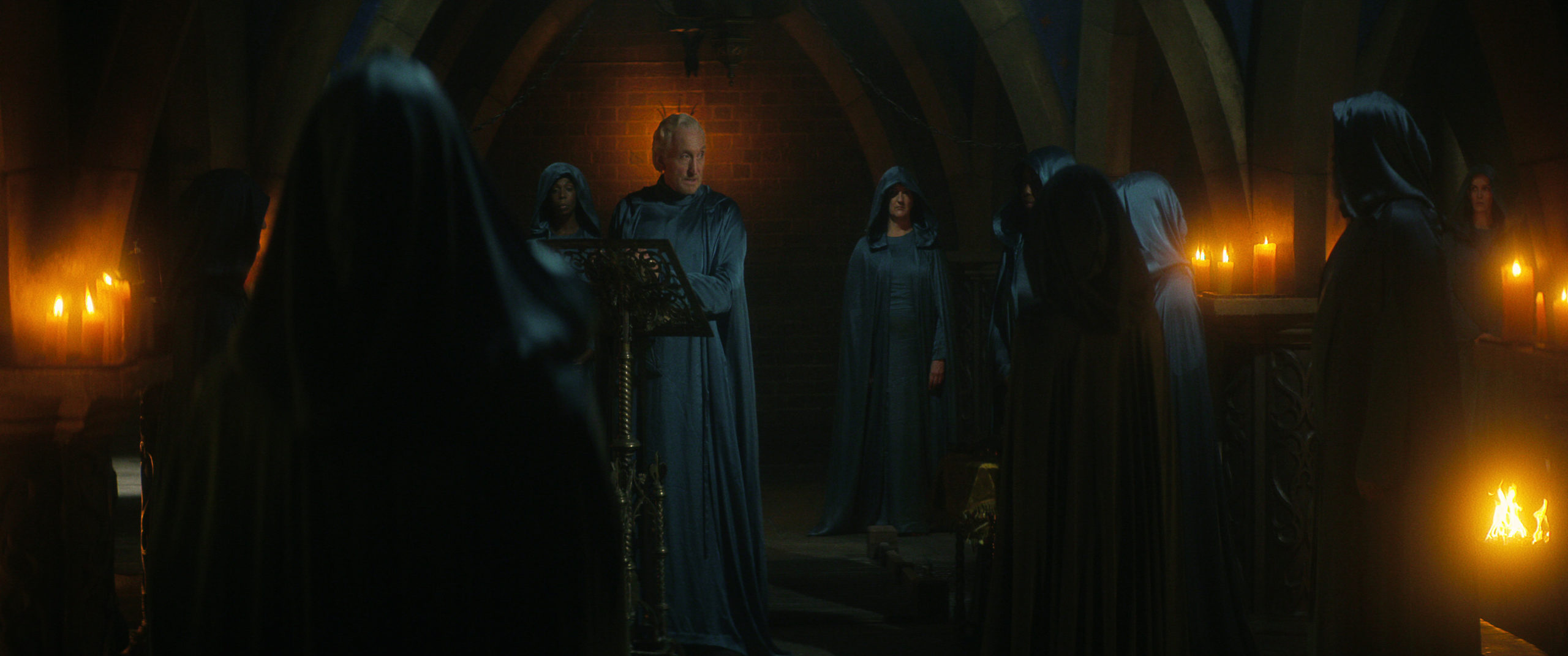
Meanwhile, Dream has traveled over into the waking world to confront and capture his own target: a walking nightmare of his creation named The Corinthian, played by a charmingly low key and sexy Boyd Holbrook. The Corinthian crossed over into the waking world and is now spending his time as a serial killer. Dream’s Librarian and right-hand woman Lucienne (played beautifully by Vivienne Acheampong) is concerned about him leaving because she has “a presentiment.” One thing we loved about the adaptation is that they kept a good deal of Gaiman’s more flowery and occasionally pretentious language. We will be unpacking whether the show is well served by lifting so much verbatim from the books, but we can tell you that Tom nearly burst into applause when the phrase “vavasor of his own dominion” popped up. Anyway, Morpheus reprimands The Corinthian for being small and petty, but before he can complete the job of sending him back to the Dreaming, he is whisked away by Burgess’s spell, which has somehow confused the King of Dreams with Death. Burgess uses Alex to steal a bag of sand, a ruby, and a bizarre helmet that looks like a skull with a spine attached to the front from the captured king. Dream is stripped naked and confined by the binding circle drawn around him, which prevents him from leaving. His imprisonment and separation from his realm cause a sleeping sickness to spread, eventually infecting over a million people around the world, including a little girl in England named Unity Kinkaid. Put a pin in that for later.
The Corinthian, somehow sensing what happened, visits Roderick Burgess and informs of who he has and how important it is to keep him contained. Death has family, he tells the would be sorcerer. He names some of them for him: Destiny, Desire, Despair, and the being he now has as his prisoner, Dream. He informs Burgess to construct a glass sphere in which to keep the immortal being and insists that he be put on constant guard, with said guards on stimulants to prevent falling asleep in his presence so that he can’t escape into their dreams. He also warns him about Dream’s Raven Jessamy, who hovers around the estate constantly, looking for her master. It’s interesting how much the show’s creators opted to bump up The Corinthian’s importance to the story. He’s way more unbridled id than master schemer in the books and he has nothing to do with Dream’s imprisonment or any of the people involved with it. We think this mostly works. One of the things we want to point out about this season is that, whether we like some of the minor changes or not, they were clearly in service to producing a season of episodic television, which has entirely different rhythms and conventions than a series of graphic novels.
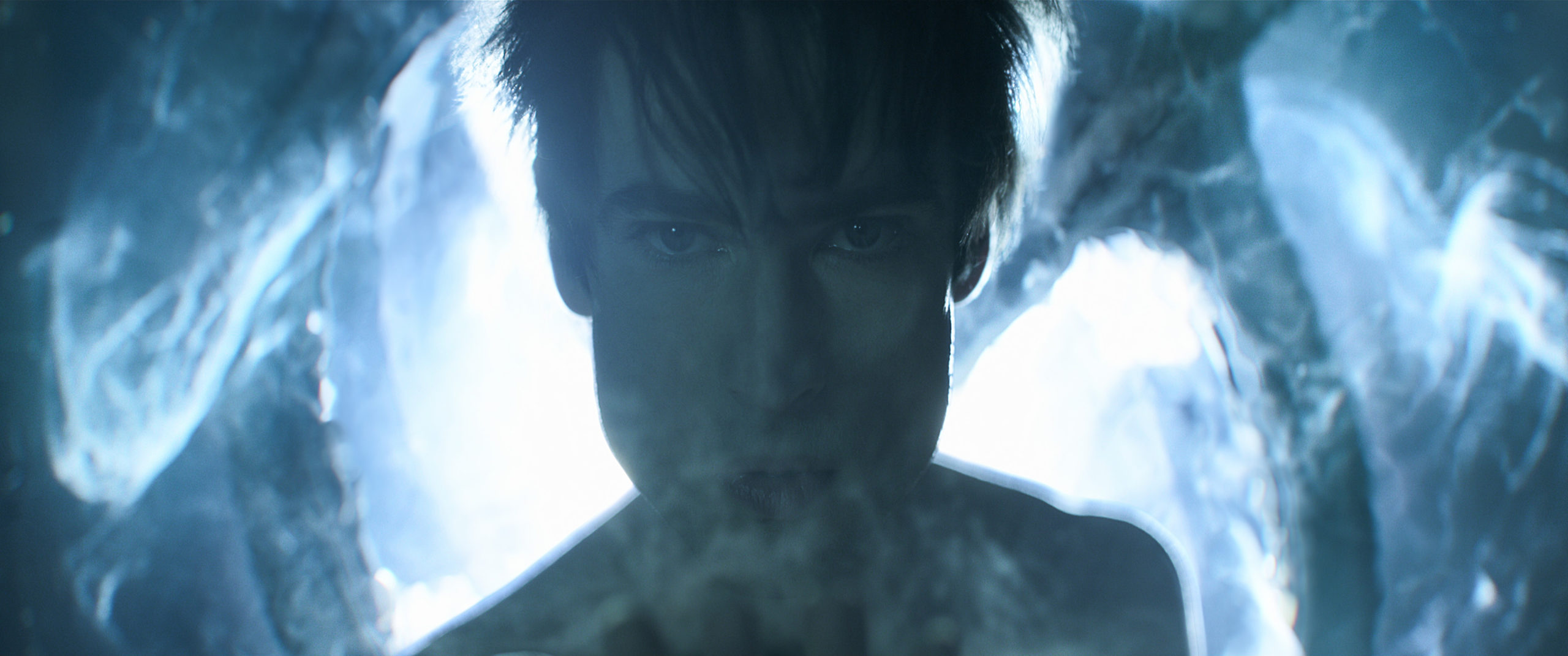
Burgess confronts Dream, tells him he knows who he is, and asks if he can grant his wish to have his son alive again. Dream does not respond. He then switches to asking for power, wealth or immortality. Again, Dream ignores him. The years go by and Dream’s tools bring power and influence to Burgess’s order. Alex feels tremendous guilt over Dream’s imprisonment and promises him he would release him if he got the chance. An enraged Roderick overhears and orders him to shoot Jessamy. The faithful raven manages to get inside the house and light a fire as a distraction. She finds Dream inside his bubble and excitedly tries to break it open before exploding in a spray of blood and feathers, shot by Alex on orders of his father. It’s a shocking and enraging scene, and it’s one of the few times the series actually goes darker than the books. It also sets up an arc for the season: Dream’s reluctance to have another raven serve him and his eventual acceptance of Matthew, with the fear of his death constantly hanging over their relationship. The books never had that and it’s a really smart addition.
A young woman named Ethel Cripps finds her way into the Magus’s inner circle and becomes his mistress. When she becomes pregnant and Burgess orders her to get rid of it, she steals all of Dream’s tools, the Grimoire and Burgess’s fortune and runs off. Naturally Burgess tries to take this out on his son and Alex accidentally kills his father when he tries to attack him. Hardened by grief, he refuses to release Dream The good news for him is that he immediately, as in five minutes later, gets a boyfriend. It’s a big day for him. The years and decades fly by, and eventually an elderly Alex is resignedly begging him to not harm him if he releases him. A clearly furious Dream refuses to make that promise. If this series sticks to the books, you can expect a good deal more of this kind of stubbornness to rear its head. After decades of this nonsense and clearly sick of it, Alex’s boyfriend semi-deliberately breaks the binding circle, which allows Morpheus to enter the dream of one of his guards. The scene of a naked Dream reaching down into the sand to grab some of it is weird and off-putting, which is exactly how he should be depicted, we think. Unfortunately, we think this is one of the last times where he looks truly other-worldly. For the rest of the season, they opt to make him look like a cute pop star type. It’s not an entirely wrong approach, but we think the character works best when he’s unsettling as hell. He takes his revenge on Alex Burgess, but unfortunately, the show once again opts to stay away from being too dark. In the books, we got to see his endless dreams of decapitations and melting faces and it really drove home the point of how vindictive Dream can be and how ancient and inhuman his moral code is. On the other hand, we just wanted to see that bird-shooting fucker get tortured a little. Tom clapped at the sight of Dream as a cat, which is lifted directly from the first issue of the comics (as is the entirety of this episode) and also hopefully establishes Dream’s long affinity with felines.
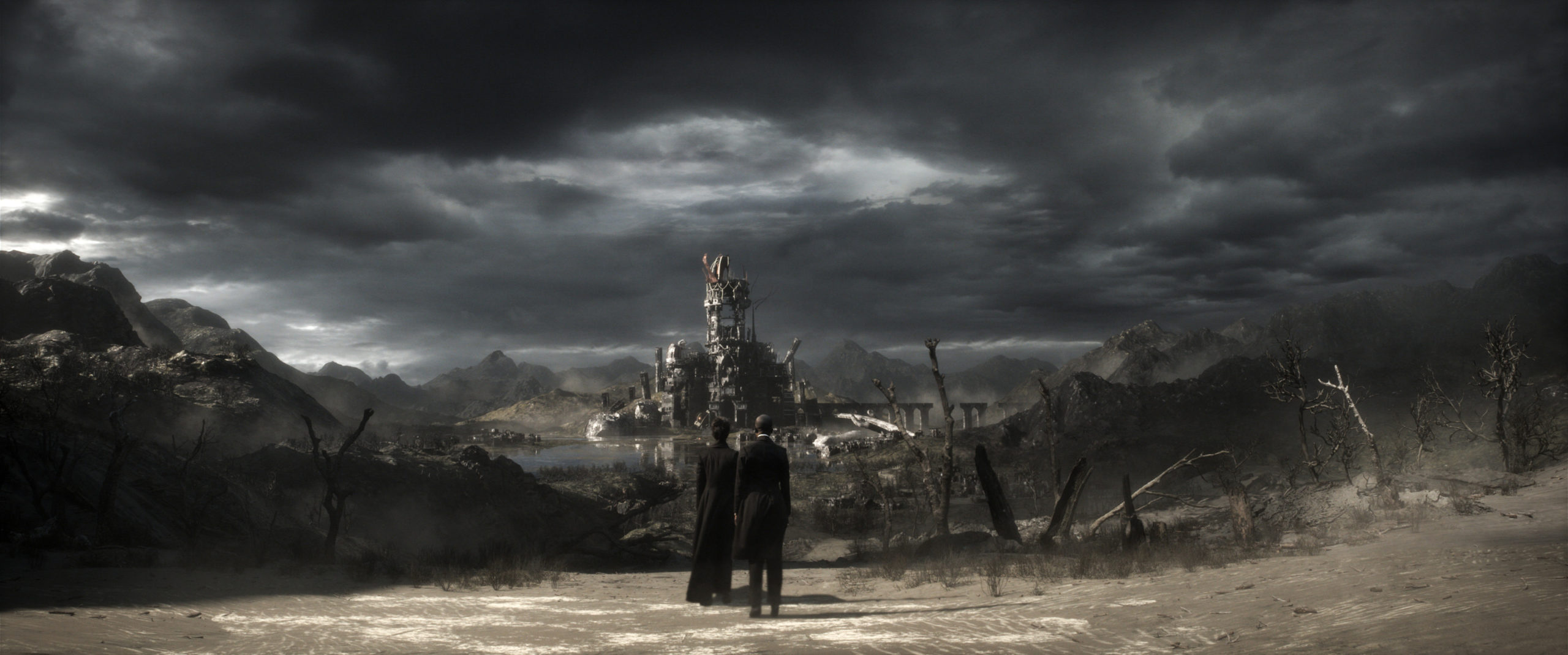
Dream returns to a realm that has disintegrated in the century of his absence. Lucienne is overjoyed to see him, but she also has to inform him that his connection with his realm was the reason why it fell into disrepair. “You are the Dreaming. The Dreaming is you.” He probably didn’t need to be told this, what with being a creature as old as the universe and all, but the viewers at home did. She explains further that the creatures of the Dreaming have all fled. Morpheus is shocked to hear that quite a few of them thought he had deliberately abandoned him. When Lucienne begins to point out that he would not have been the first of the Endless to do so, he brusquely cuts her off. You can put a pin in that (but you’ll be waiting a while). Dream promises to bring all the dreams and nightmares back and just like that, he’s got a defined task and quest ahead of him.
Next: Imperfect Hosts
Schiaparelli Anatomy Jewelry Collection Next Post:
THE SANDMAN, Chapter 2. Imperfect Hosts
Please review our Community Guidelines before posting a comment. Thank you!

